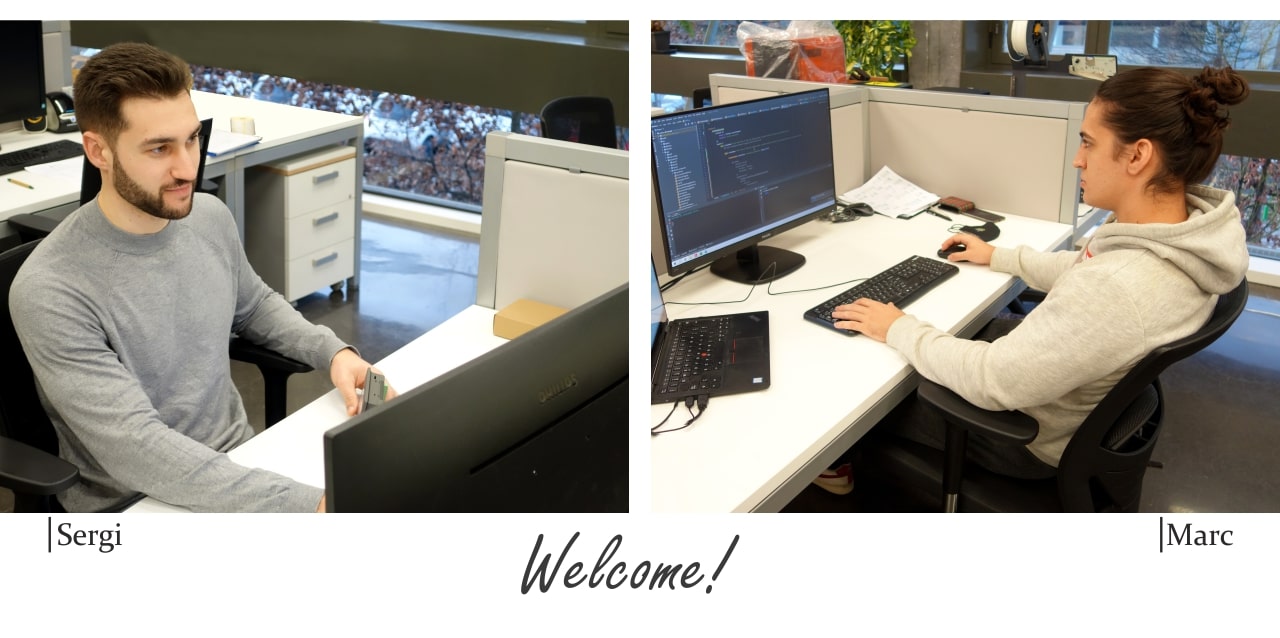
On many occasions, the incorporation of technology to our industries is seen as a problem or a challenge, at the very least. Many people and many fields are guided by false misconceptions about the use of technology in different jobs. The notion that technology is here to displace workers and their tasks is one such misconception.
However, it is important to respond to these new situations with calm and information and trying to understand that most of these tools are not designed to displace anyone’s job, but rather, to complement, assist and help people optimise their performance.
- Assistance in the event of forgetfulness: We are all humans and inevitably we make mistakes. When we apply technology to our workspaces it assists us in preventing that those moments of distraction end up having serious repercussions at work, causing accidents or losses we can regret. The T-10R Badge tag is a clear example of this. An adaptation of the T-10R tag , this device is also a card holder which allows the operator to carry only one object that includes both the security tag and the personal identification card. Thanks to this technology any possible human errors, oversights, or losses – which are generally the causes of accidents or similar problems – are easily prevented.
- Accident response: We all take our accident prevention role very seriously. However, accidents do happen and in those cases we need to have the tools to respond and continue to preserve the health and safety of our people. That’s why at Claitec we have developed a range of tools that are activated only when the operator has an accident. One of these is the FPS (Fall Protection System). In the event of a worker falling, this device automatically and instantaneously stops the machine from operating, thus preventing even greater risks.
- Overall support: Technology is a very intelligent ally to lend us a hand when humans can’t find the solution to very challenging situations. To illustrate this, let us talk about the PAS and LSA devices. Both of these can be easily adapted to work at -30°C, providing safety for workers in these harsh environments and thus preventing nasty accidents.
Are you keen to find out more about any of these solutions?
Do you need advice on any of our products?
Don’t hesitate to contact us.









